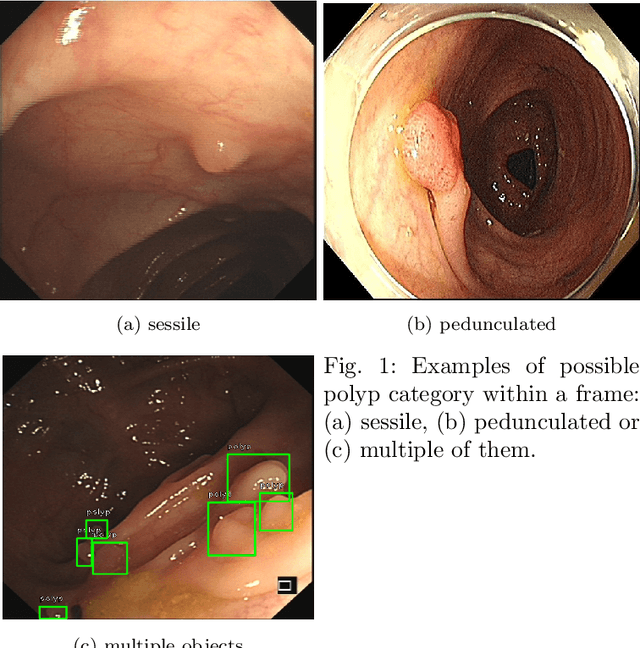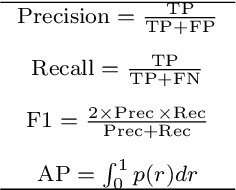Colonoscopy polyp detection with massive endoscopic images
Paper and Code
Feb 21, 2022



We improved an existing end-to-end polyp detection model with better average precision validated by different data sets with trivial cost on detection speed. Our previous work on detecting polyps within colonoscopy provided an efficient end-to-end solution to alleviate doctor's examination overhead. However, our later experiments found this framework is not as robust as before as the condition of polyp capturing varies. In this work, we conducted several studies on data set, identifying main issues that causes low precision rate in the task of polyp detection. We used an optimized anchor generation methods to get better anchor box shape and more boxes are used for detection as we believe this is necessary for small object detection. A alternative backbone is used to compensate the heavy time cost introduced by dense anchor box regression. With use of the attention gate module, our model can achieve state-of-the-art polyp detection performance while still maintain real-time detection speed.
 Add to Chrome
Add to Chrome Add to Firefox
Add to Firefox Add to Edge
Add to Edge